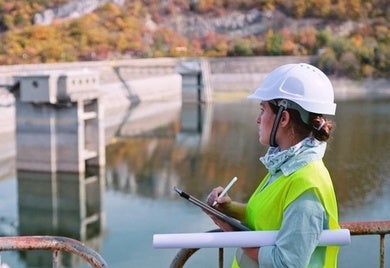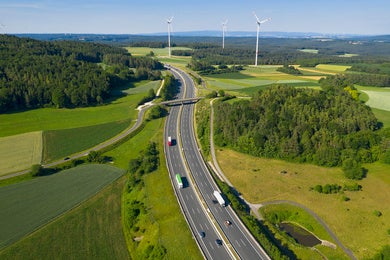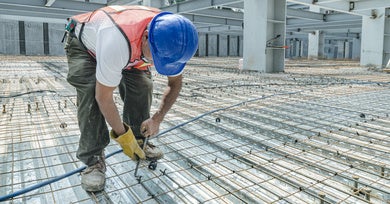
A Toolkit to Build Climate Resilience and Enhance Public-Private Partnerships
Financing infrastructure projects brings about a multiplier effect: every dollar invested generates up to four dollars in return. However, there is a huge gap that can only be bridged by actively engaging private-sector players and providing them with the right tools.

Three Reflections on Education
International Education Day (January 24) is a good opportunity to review the current state of education, as well as the opportunities and challenges in this sector for Latin America and the Caribbean.

For Earth Day, Nature-Based Solutions in Private Sector Infrastructure Projects
Several studies have shown that Nature-Based Solutions in private sector projects provide meaningful societal benefits for climate and social resilience, as well as ecosystem health.

Mobilizing Private Capital for Sustainable Infrastructure
Climate-related investments needed in the region through the end of the decade stand at between $470 billion and $1.3 trillion. Governments are unable to fund such amounts, so they are increasingly turning to the private sector to raise capital and relieve the pressure.

How a New Sustainable Mindset Will Help Future Construction
It’s important to invest in the construction of buildings that reduce greenhouse gas emissions, but it is equally, or more, important to create a new financial framework and a new mentality that helps investors direct their funds in this regard.

A Six-Step Roadmap to Enhance Private Sector Resilience to Health Risks
An IDB Invest poll shows nearly 60% of projects have temporarily ceased work or faced major project delays because of COVID-19. Early lessons coupled with existing best practices in public health and safety principles provide a six-step action road map to build resilience against such risks.